In this photo you can see a river crossing. To the left is the original bridge position, about 350 meters upstream of the new temporary crossing. On the far left, you can just barely see the remains of the old bridge.

On the new "bank" of the river (bare rock at this point) lies a nearly complete bridge.
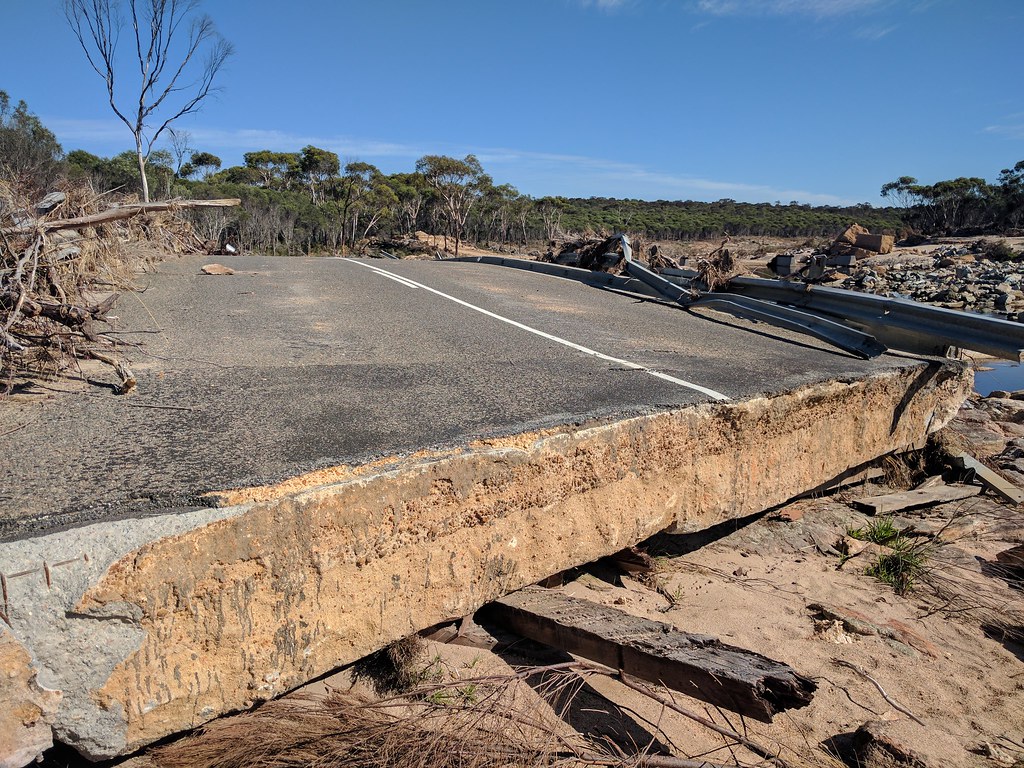


Note the debris built up on the guardrails.
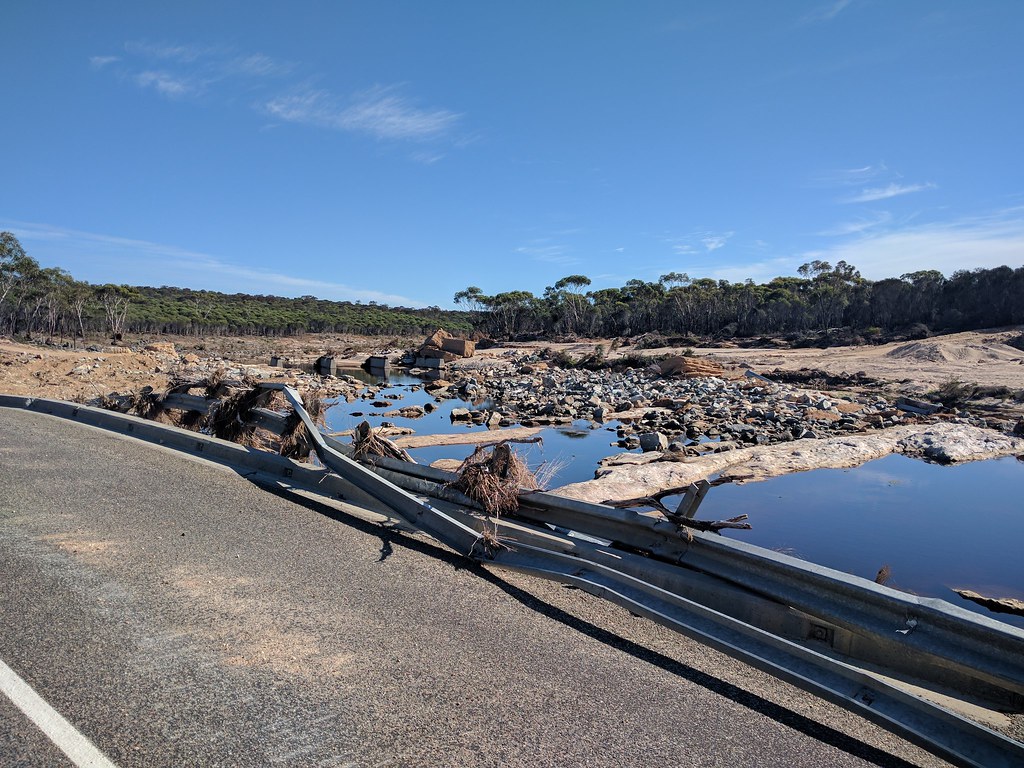

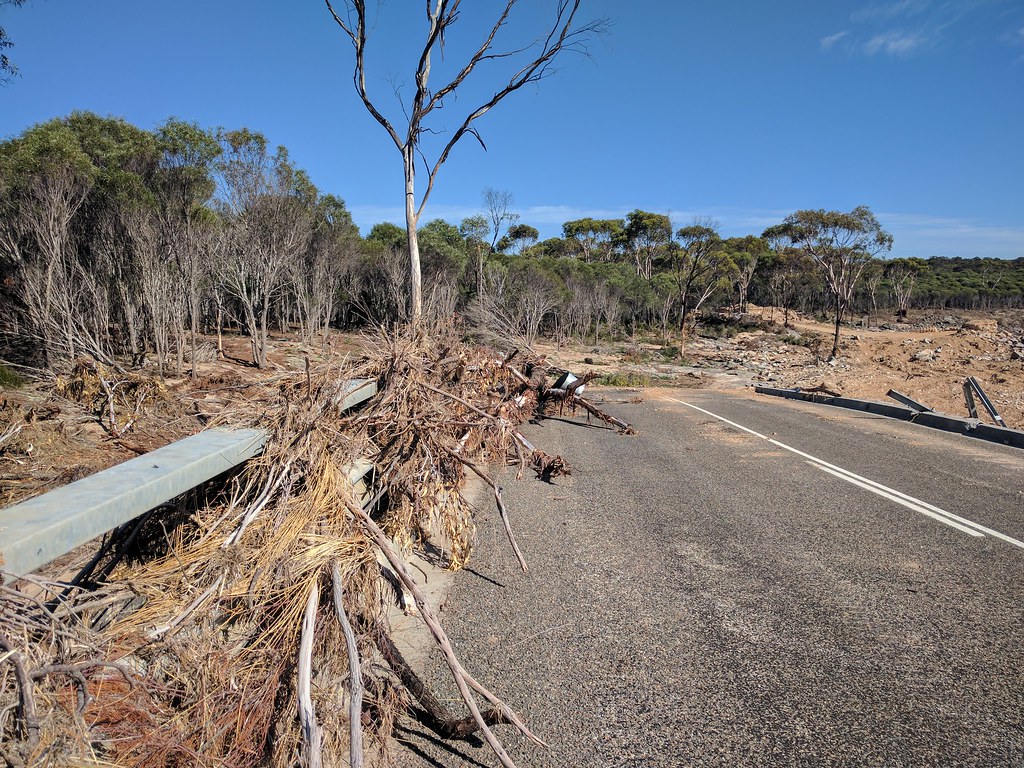
With concrete pilings, a wood bridge was originally built over the river. Later on a 80cm thick concrete bridge was built over top of the wood one. You can see the gouges as the concrete was pulled across the wood.

The entire bridge was picked up, and floated over 150m downstream, in one piece! Just amazing.
On our westerly drive, we detoured to Fitzgerald River National Park. We hoped we might catch a few early whales, but no luck. The park itself is interesting, very nice facilities at the coast and entry.

We did a hike around the southern viewing area. Lots of wildflowers and birds. The hike is partially along the Number 2 Rabbit Proof fence.

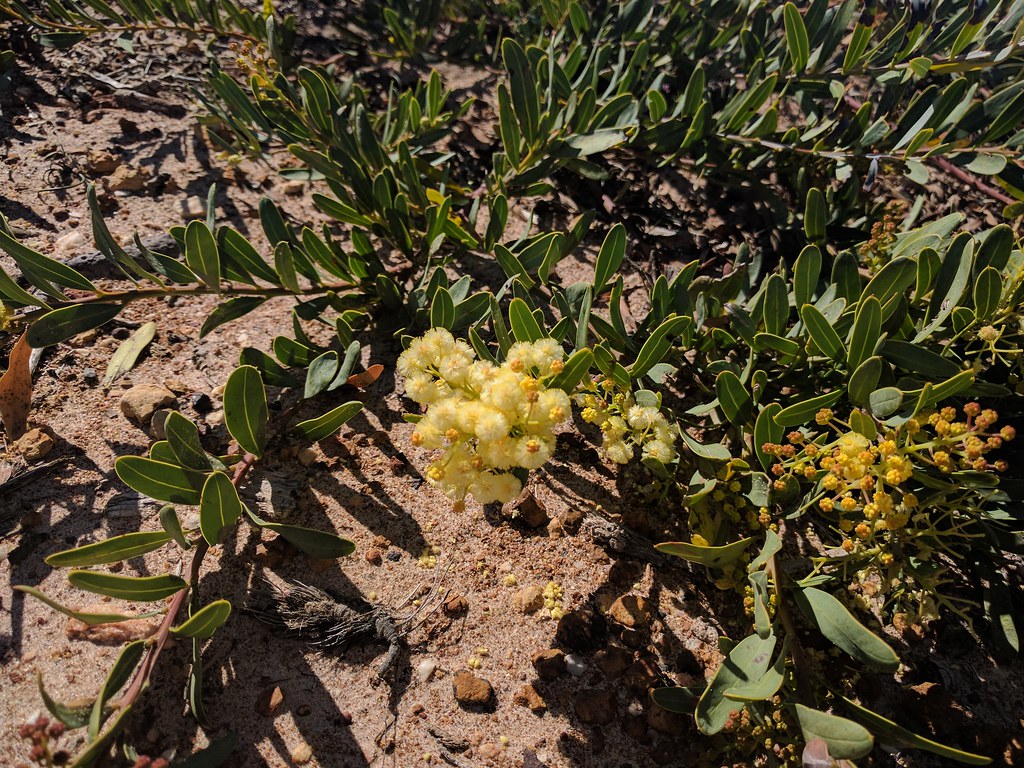


Originally built to keep the plague of European rabbits out of West Australia, the Rabbit Proof Fence was the longest contiguous fence line in the world stretching 2,023 miles. Maintained by fence riders, it was a pretty amazing feat for the time. Most of it crosses utter desolation, uninhabited by humans, traversable only by camel.
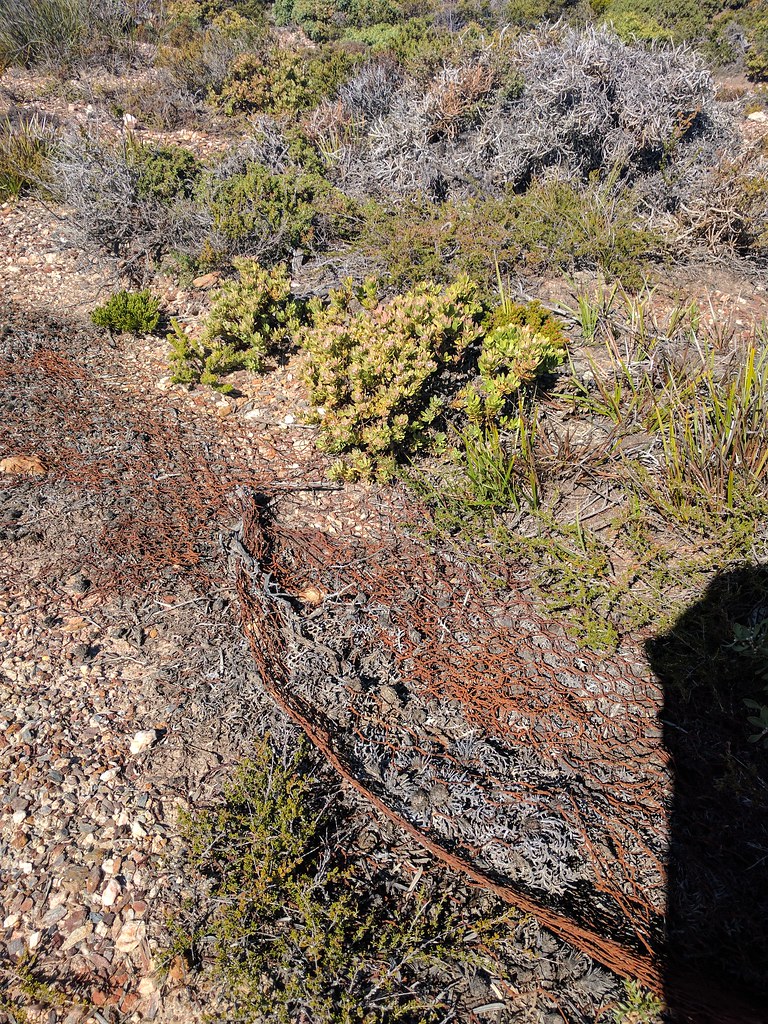
At plague proportions, the rabbit problem was so severe that livestock industries were taking a major hit. The rabbits with no predators (the dingo was mostly eliminated from the south half of Australia) bred out of control, grazing the land into the ground. When the myxomatosis virus was introduced in the 1950s, the rabbit population went from 600 to 100 million in 2 years. The increase in livestock yields was substantial.

The dirt roads in the park were, hands down, the worst "maintained" roads I have ever driven on. About 70km of constant, complete, and brutal washboard (corrugation).

Even with my tires deflated to max, shocks at full damping, and driving to minimize it, my body was going numb after 10 minutes. Upon exiting the park through the main entrance, we found this sign.
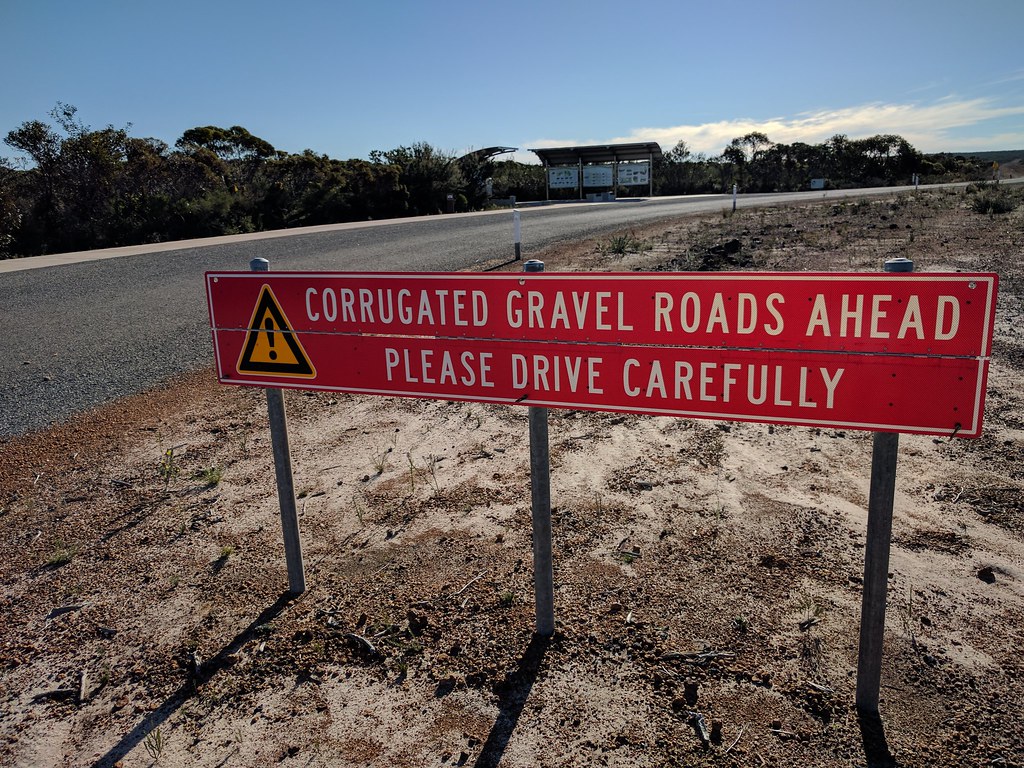
Along the way our radio decided to eject itself.

No comments:
Post a Comment
Note: Only a member of this blog may post a comment.